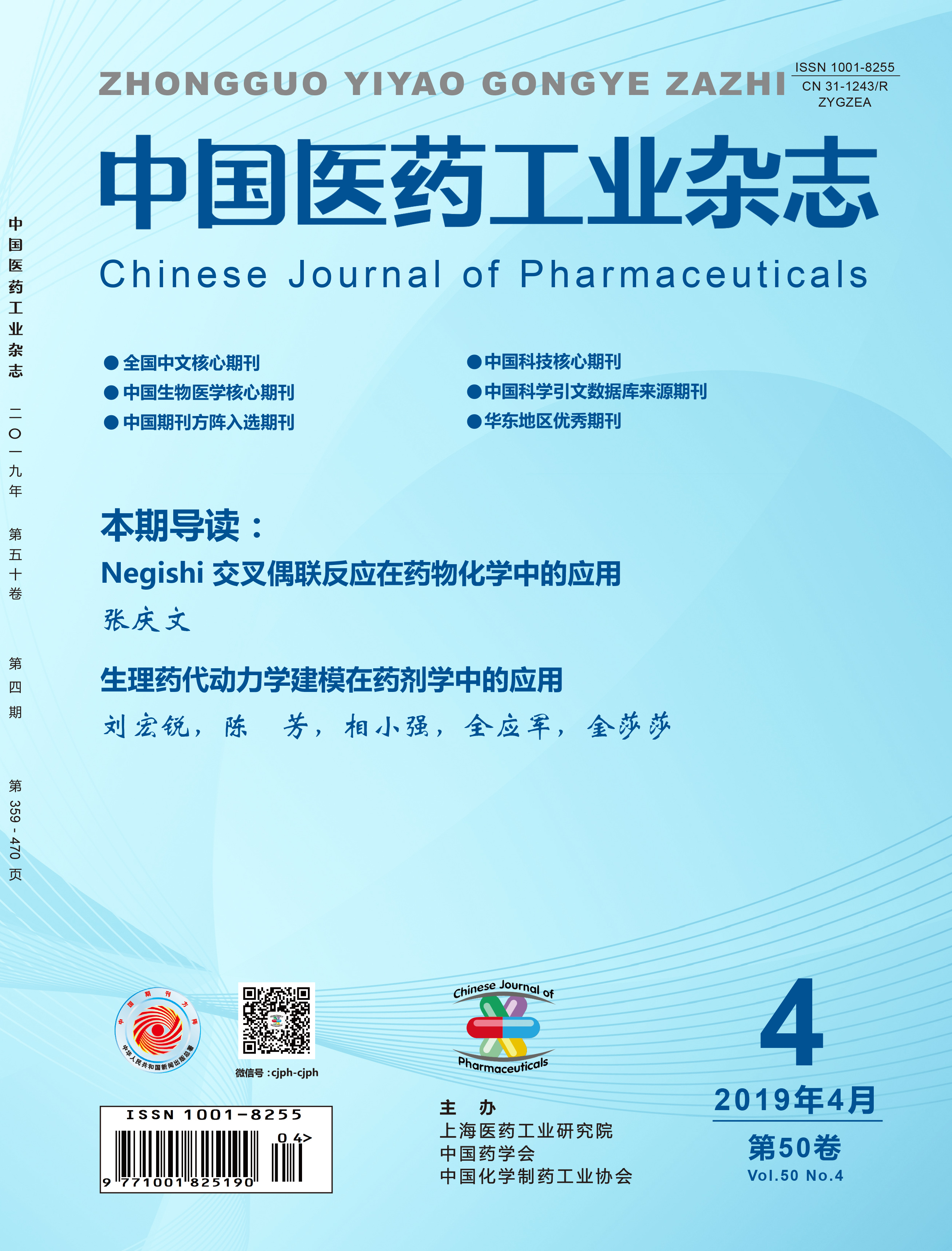Paper
CHEN Junlei, ZHAO Ming*, SHI Zhichun, LI Jun, ZHANG Shujun
The synthetic process of sonosensitizer DEG was reported in the first time. Hemin(2) was subjected to an addition and demetalation with hydrogen bromide in acetic acid, which was followed by an etherification and esterification with diethylene glycol under the catalysis of concentrated sulfuric acid to obtain di(2-hydroxyethoxy)- ethyl 7,12-bis[1-[2-(hydroxyethoxy)ethoxy]ethyl]-3,8,13,17-tetramethyl porphyrin-2,18-dipropionate in 83.2% yield. Then it reacted with anhydrous ethanol via transesterification to give diethyl 7,12-bis[1-[2-(hydroxyethoxy)ethoxy]- ethyl]-3,8,13,17-tetramethyl porphyrin-2,18-dipropionate. The latter reacted with manganese dichloride tetrahydrate via coordination to afford diethyl manganese-7,12-bis[1-[2-(hydroxyethoxy)ethoxy]ethyl]-3,8,13,17-tetramethyl porphyrin-2,18- dipropionate. Then after a hydrolysis with sodium hydroxide and an acidification with hydrochloric acid, the target compound DEG was obtained with a purity of 95.2% and an overall yield of 73.1%(based on 2).
